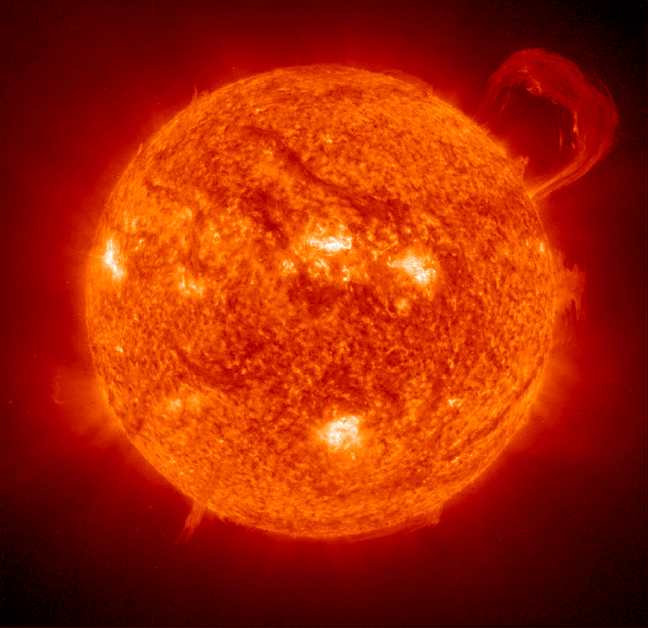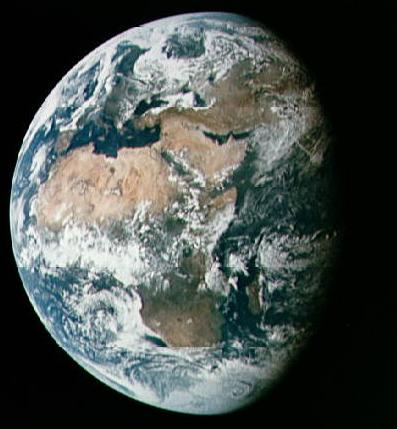RESEARCH INTERESTS


Solar Variability and Sun-Earth Connection
This is what I am working on since April, 2001.
Here is our
 Sun-Earth page
Sun-Earth page

at Max-Planck Institut fuer Aeronomie, Katlenburg-Lindau, Germany.

Dust in Vega-Type Systems
This is a relatively new and amazingly interesting area!
I promised to write more about this but never found time, sorry.
Just read my review
'Dust in young solar systems'
(In: Dust in the Solar
System and Other Planetary Systems (Eds. S.F. Green et al.), COSPAR Coll.
Ser., 15, 201-216.
Other papers:
ApJ 2000
A&A 2000
A&A 2003
A&A 2004

Dust around Herbig Ae/Be Stars
These stars are the main object of my study at the moment.
Herbig Ae/Be (HAeBe) stars are young stars with masses of about 1.5-8 solar
ones surrounded by dusty shells.
Being still pre-main-sequence objects HAeBe stars are older than the so called
Young Stellar Objects (YSO) which are deeply embeded in their parent
dust clouds and seen only in the infrared (look at the
scheme).
With time HAeBe stars have lost the major part of the circumstellar material
and become visible in the visual range, but yet they have large infrared
excesses over the black body emission.
These stars, however, are younger than
Vega-type stars - main-sequence stars surrounded by dust disks - and most
probably represent their early evolutionary stages.
The lower-mass (0.5-2 solar masses) counterparts of HAeBe stars are T Tau
stars which are believed to be precursors of Solar system-type objects.
Here are some HAeBe stars-related (probably outdated) links.
If you want to know more, you may also read my PhD thesis (in Russian):
 (.gz - 672Kb)
(.gz - 672Kb)

Optical Constants Database
Together with my collegues I worked on the
Database of Optical Constants for Astronomy
which is now open for use.
Enter the

 where you will find more
details.
where you will find more
details.
 Natalie Krivova
/
Natalie Krivova
/ natalie at mps dot mpg dot de
Last modified: Aug 15 2009
 Sun-Earth page
Sun-Earth page
 (.gz - 672Kb)
(.gz - 672Kb)